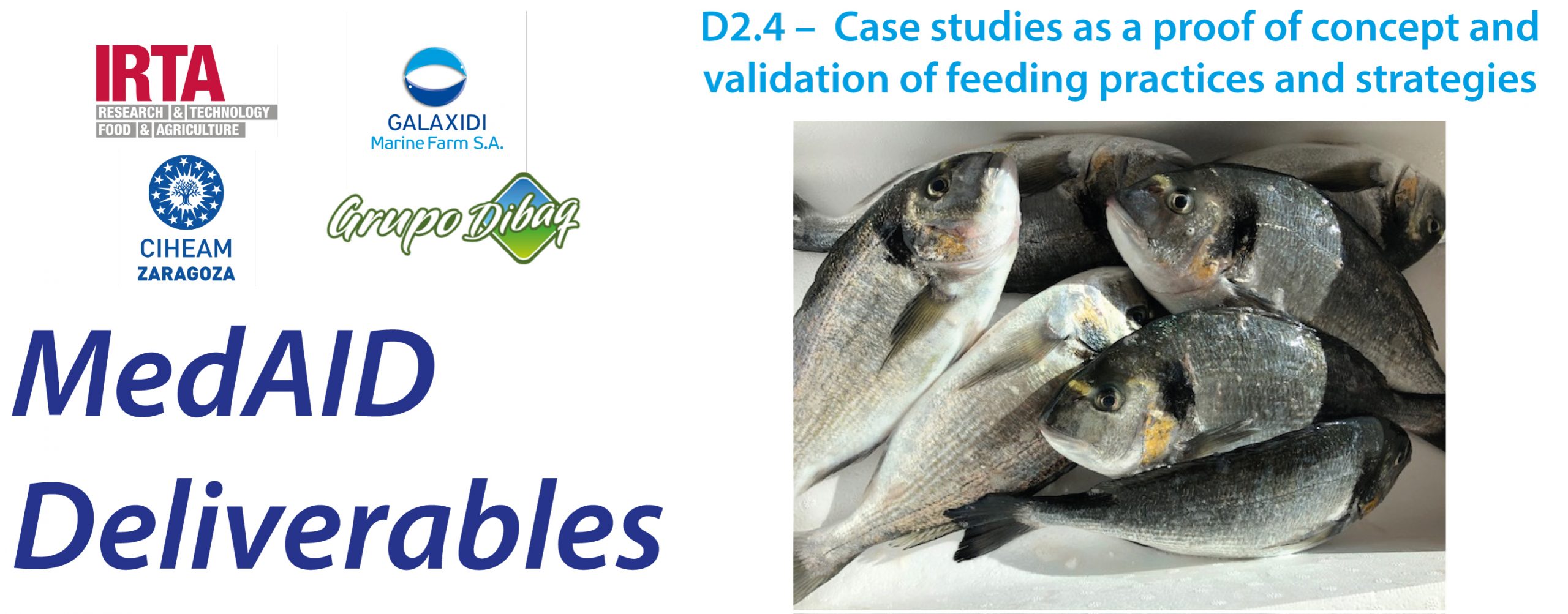The evaluation of aquaculture performance is a difficult task as full-scale aquaculture production is affected by numerous parameters, such as structure and size of culture units, environmental conditions (temperature, water flow, winds, fouling, etc.), husbandry (feed and feedig pracices, fish handling, monitoring, etc.), which are very difficult to be mimicked at reseach scale. The evaluation of performance should be addressed with a multidisciplinary approach, difficult to be mimicked at research scale, and very expensive at a pilot or commercial scale. Consequently, the evaluation of causes behind a poor zootechnical performance is a very difficult objective for aquaculture managers, as the above mentioned parameters are interrelated and the sector operates with low profitability margins and on a highly competitive international scale.
There is a need for the sector to develop methodologies for the comparison of zootechnical performance among fish farms, which could facilitate decision making towards the implementation of more efficient and sustainable management practices. Considering the information previously gathered by MedAID regarding feeding practices designed along different tasks in WP2, a large case study was designed in two different sites located along the Mediterranean basin.
Two fish farms with different locations, and therefore environments and management practices, were selected in West Mediterranean-Spain and East Mediterranean-Greece. A comparison between the results of seabream ongrowing in 2 different sea sites in the Mediterranean sea was carried out during a whole production period (from June 2018 to October 2019) in semi-industrial sea cages (16 m diameter) using the best feeding practices (i.e. diet composition with regard to DP/DE ratios, FM/FO levels) and strategies (i.e. feeding regime) with regard to water seasonal changes (summer vs. winter periods) and stress episodes (i.e. fish sorting, vaccination, handling) obtained in the different tasks designed in WP2.
In order to produce comparative data between sites the same batch of fish (provided by Galaxidi in June 2018) and feeds (provided by Dibaq when the fish reached 100 g) were used. The fish were fed 2 differrent feeds in the studied period of low (January-June 2019) and high (July-October) temperatures with diferent DP/DE and FM/FO ratios.
The fish were harvested and the results in production yield, fillet composition and sensory attributes compared. Despite some differences in environment (temperature) and handling, no significant differences were detected in growth, food conversion, and sensory analysis or customer acceptance.
The fact that obtained results were similar for both farms are coherent, as the main parameters that may influence in growth and feeding performance were standardized: fish origin, feed, feeding protocol (one feed dose per day), production conditions (cage size and density). The experimental design for this pilot/case study that was implemented in two different locations, proved to be consistent with the previous results obtained at experimental scale, and supported the proposed feeding practices and strategies b y MedAID.
Incidence of pathological outbreaks and survival obtained from each of the sites were collected and data transferred to WP3 in charge of fish genotyping and analysis of genotype and environment interactions and to WP8 where they will be integrated and analyzed by the specific software.
Access to the full deliverable

